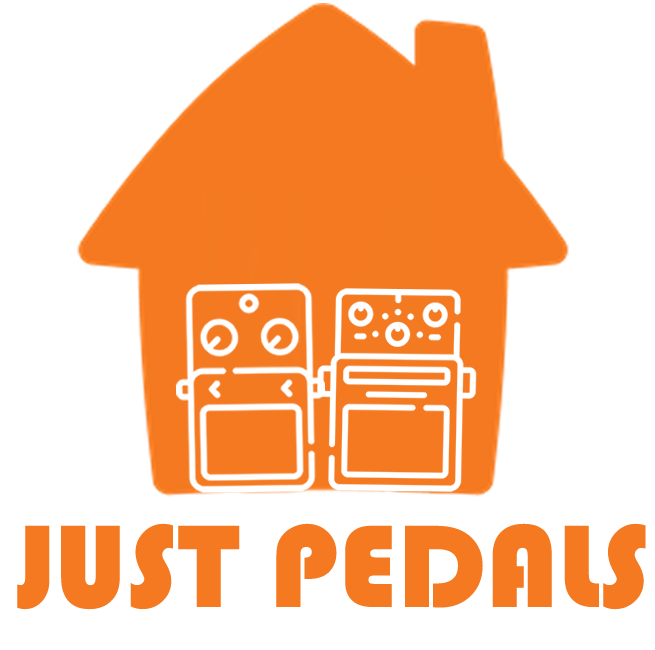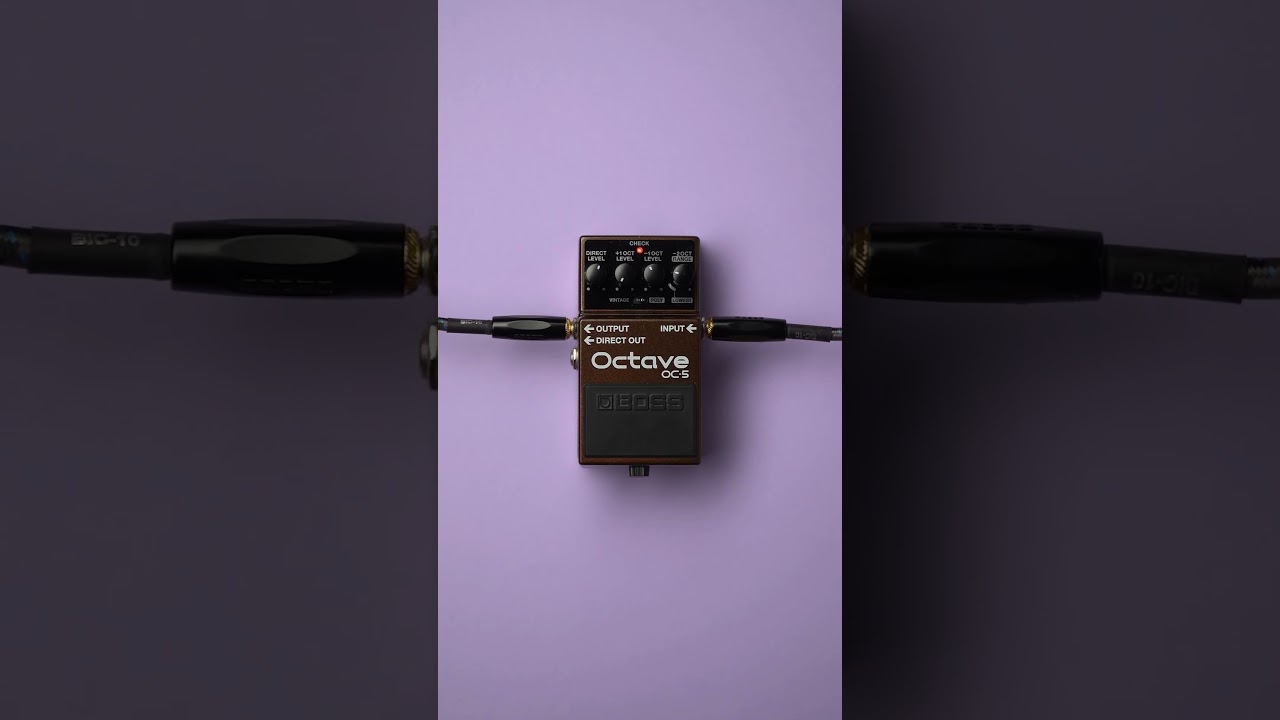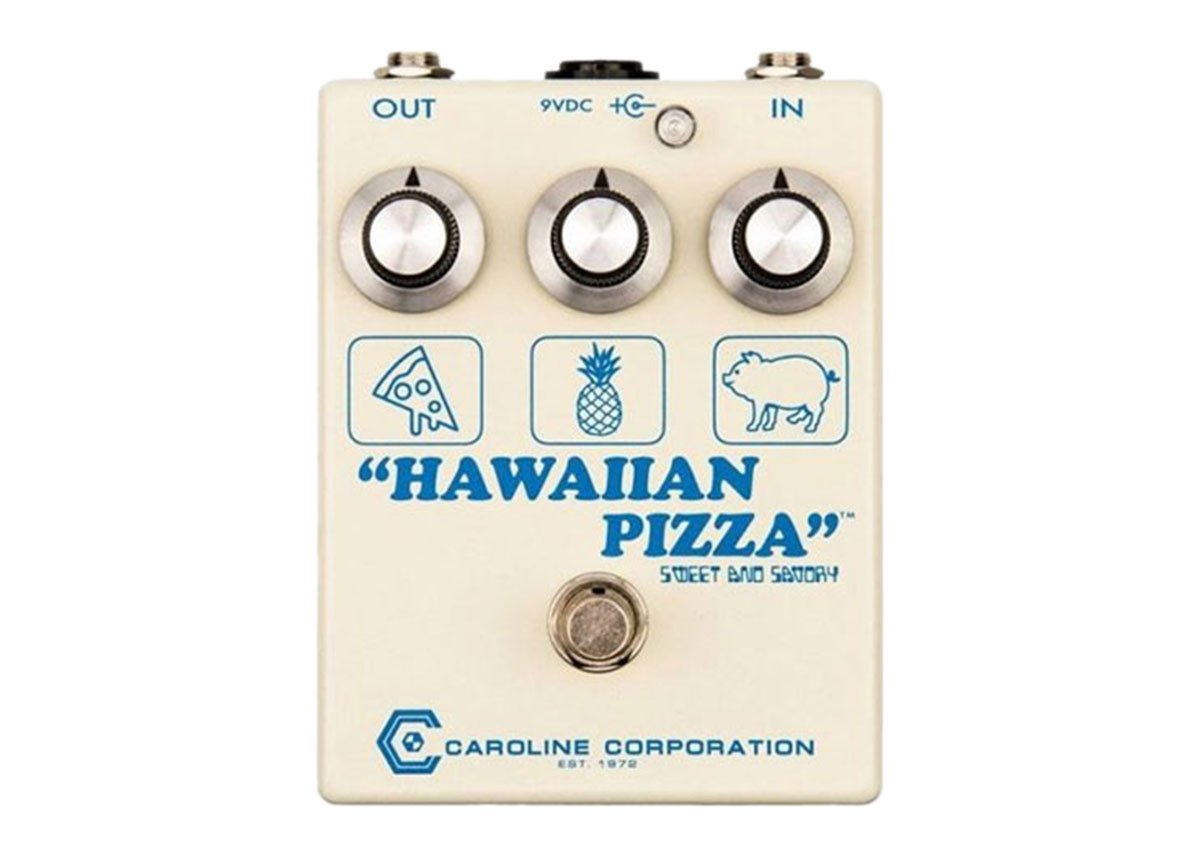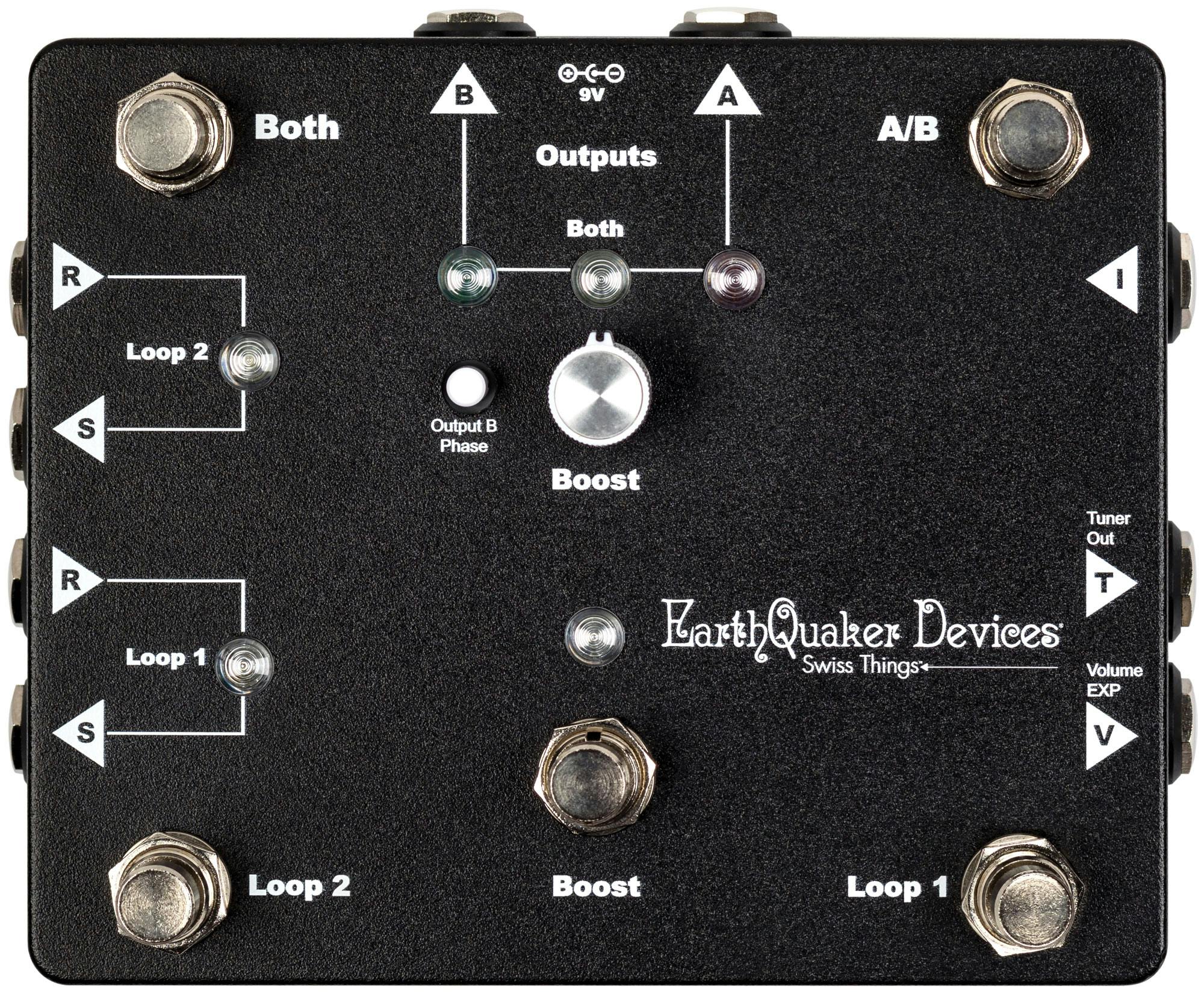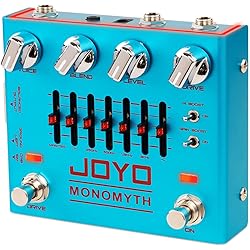Just Guitar Effect Pedal Board Videos – Cheap vs Expensive clean tone #shorts #guitarpedals #pedalboard #guitartone
Pedalboard Videos – Cheap vs Expensive clean tone #shorts #guitarpedals #pedalboard #guitartone
LEKATO Wireless Page Turner Pedal External Page Tuner Pedal Wireless for LEKATO Loop Pedal with Multi Loops Control and Smartphones Tablets with Andriod System Free Your Hand
£28.99
✨Free Your Hands : Using the external pedal for loop station switching no need switch of the loop with you hand. Let you enjoy your own fun.It can be also used to tune the page of music score simply stepping on the pedal while playing. ✨Durable & Sta… read more
JOYO Bass Guitar Pedals Overdrive Amp Simulator Effect Pedal with EQ and Noise Reduction for Bassist Electric Guitar Bass (MONOMYTH R-26)
£75.99
Bass preamp analog pedal that simulates real amplifier tone and optimum response with multiple tone-sculpting options. High dynamic 6-band graphic EQ control, precisely enhance tone for bass guitarists in recording sessions, stage performance, etc. D… read more
Behringer SF300 3-Mode Fuzz Distortion Effects Pedal
£24.36 £23.23
Versatile 3-Mode Operation: Switch between classic fuzz, grunge, and gain boost modes to cover a wide range of rock tones Precision Tone Shaping: Dedicated Level, Gain, Treble, and Bass controls let you fine-tune your sound with ease Robust Performan… read more
Boss DS-2 Turbo Distortion Guitar Effects Pedal
£86.00 £76.80
Classic BOSS distortion tones with added Turbo modes Turbo Mode I produces warm and mellow distortion with flat frequency response Turbo Mode II provides biting distortion with a mid-range boost, perfect for leads Built-in remote jack allows users to… read more
HOEREV Guitar Mini Looper Pedal
£36.99 £30.99
Looper,Recording Time:5 Minutes, 48k high quality voice .Sampling :24bit. With USB for uploading and downloading. 1. Please pay attention :it doesn't include a power supply. 2. Please make sure your pedal is connected to an DC adapter with 9V voltage… read more
Jim Dunlop DVP4 Volume Pedal Mini, black
£138.80
Controls volume levels and FX parameters Low Friction Band-Drive for smooth, durable performance AUX output for switchable tuner/expression functionality
